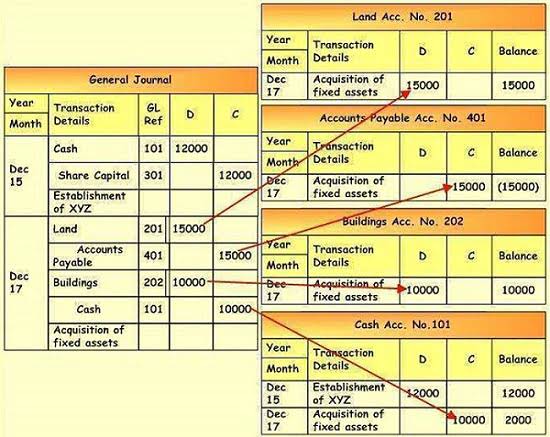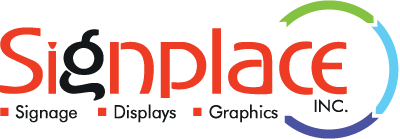Depreciation Tax Shield Formula + Calculator

Similar to the tax shield offered in compensation for medical expenses, charitable giving can also lower a taxpayer’s obligations. In order to qualify, the taxpayer must use itemized deductions on their tax return. The deductible amount may be as high as 60% of the taxpayer’s adjusted gross income, depending on the specific circumstances. The tax shield concept Remote Bookkeeping may not apply in some government jurisdictions where depreciation is not allowed as a tax deduction. Or, the concept may be applicable but have less impact if accelerated depreciation is not allowed; in this case, straight-line depreciation is used to calculate the amount of allowable depreciation. The intuition here is that the company has an $800,000 reduction in taxable income since the interest expense is deductible.
- A tax shield in capital budgeting is a way for corporations to strategically plan their optimal capital structure and decide which investments to follow.
- It affects the calculation of net present value (NPV) and internal rate of return (IRR), which are key indicators of a project’s or investment’s viability.
- According to the Internal Revenue Code (IRC) Section 163, businesses can deduct interest paid or accrued on indebtedness within the taxable year.
- Meanwhile, the company maintains its own depreciation calculations for financial statement reporting, which are more likely to use the straight-line method of depreciation.
- Let us optimise your tax benefits and unlock the full potential of your investment property.
- As a result, it reduces the overall taxable income, thus lowering the amount of tax payable.
Depreciation Tax Shield Calculator

Depreciation, as a non-cash expense, allows businesses to reduce their taxable income, thereby lowering their tax liability and enhancing cash flow. However, the intricacies of tax codes mean that the path to optimal depreciation is not always straightforward. Different assets depreciate at different rates, and tax laws are constantly evolving, making it essential for businesses to stay informed and adapt their strategies accordingly.

Tax Shields for Medical Expenses
A tax shield arises when a deductible expense reduces a company’s taxable income, resulting in lower taxes. Depreciation is a significant contributor to tax shields, especially for firms that rely on debt financing. On the other hand, the straight-line method provides a predictable and steady tax shield, which may be more suitable for companies with stable profits seeking simplicity in financial reporting. Generally, corporations that don’t consider tax shields in their planning process are not able to make good savings as far as taxable income is concerned. A good way of maximizing tax shields tax-savings benefits is by putting into consideration the impact of tax shield when making tax shield depreciation any of their business financial decisions.
- Tax laws are subject to change, and reductions in corporate tax rates can diminish the value of tax shields.
- As an Australian-based firm with a team of expert Chartered Quantity Surveyors, we specialise in tax depreciation and offer comprehensive property tax and building finance consulting services.
- By claiming depreciation, you can reduce your taxable income, thereby decreasing the amount of tax you owe.
- In the process, the amount of depreciation is used to reduce the income on which tax will be charged, thus bringing down the amount of tax payment.
- On the income statement, depreciation reduces a company’s earning before taxes (EBT) and the total taxes owed for book purposes.
- However, when it is deducted from taxable income, it has a positive cash flow effect in the form of tax saving – the depreciation tax shield.
- From a tax perspective, depreciation serves as a shield, reducing taxable income and thus, lowering the tax liability.
Calculating the Depreciation Tax Shield
- It’s a non-cash expense that allows businesses to allocate the cost of an asset over its useful life, thus lowering the amount of reported income and consequently, the taxes owed.
- They evaluate all permissible depreciation methods and choose the one that results in maximum depreciation tax shield for the tax returns of their client company.
- Depreciation is a significant contributor to tax shields, especially for firms that rely on debt financing.
- The tax shield formula calculates tax savings by multiplying deductible expenses by the corporate tax rate.
- It’s a powerful tool in the arsenal of business strategies, enabling savvy managers to optimize their operations and financial performance.
It’s a testament to the nuanced interplay between accounting practices and tax strategy, where informed decision-making can yield substantial financial benefits. Depreciation and amortization are non-cash deductions that reduce tax liabilities over time. Companies can choose straight-line or accelerated methods, each offering unique financial benefits. Accelerated depreciation, for example, can boost early-stage cash https://www.bookstime.com/ flows, enabling reinvestment. Understanding the relationship between depreciation methods and tax regulations allows firms to align strategies with financial goals. Tax Shield is a crucial concept in capital budgeting that plays a significant role in maximizing the value of a firm.
( . Annual DTS available at 27% tax rate:
The tax shield is the amount of money a company saves in taxes due to these depreciation deductions. It’s a powerful tool in the financial management arsenal, offering a legitimate way to protect profits by deferring tax payments. Depreciation tax shields are a critical component of strategic financial planning for businesses, offering a legitimate method to reduce taxable income and thus, the amount of tax owed. By depreciating assets, companies can shield a portion of their income from taxes, effectively lowering their statutory tax rate.
- In this section, we will delve into the intricacies of Tax Shield, exploring its various perspectives and shedding light on its importance.
- Depreciation allows companies to allocate the cost of tangible assets over their useful lives, reducing taxable income.
- The benefit of using depreciation with a tax shield is that you can subtract any depreciation expenses from taxable income.
- While debt provides a tax shield, excessive debt increases the risk of bankruptcy.
- The total value of a tax shield is going to depend on the tax rate of an individual or corporation and their tax-deductible expenses.

A tax shield is a way for individual taxpayers and corporations to reduce their taxable income. This happens through claiming allowable deductions like medical expenses, charitable donations, or mortgage interest. The depreciation tax shield is a powerful tool in the arsenal of business tax strategies. It provides flexibility in managing tax liabilities and can be tailored to suit the financial goals and operational needs of businesses of all sizes. By understanding and utilizing this aspect of tax law, businesses can protect their profits and enhance their long-term financial health.

Leave a Comment